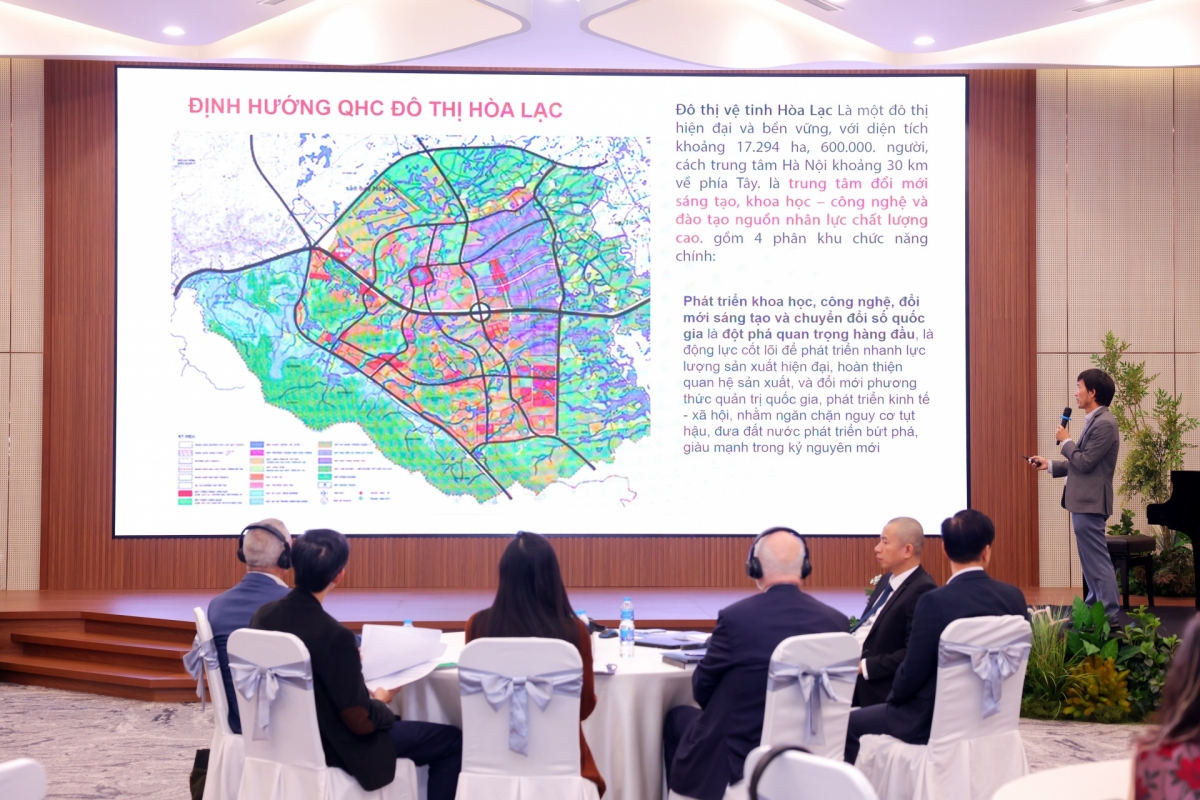INTERNATIONAL INVESTMENT
AND PORTAL
This environment acts a powerful catalyst for innovation, urging manufacturers and brands to move beyond simply increasing production or launching products. To stand out, they must prioritise quality-driven innovation rooted in a deep understanding of evolving consumer needs.
 Jane Ha, marketing head Kantar Worldpanel Vietnam
Jane Ha, marketing head Kantar Worldpanel Vietnam
In a crowded marketplace, to truly capture consumer attention, brands must have a good grasp of consumers’ evolving preferences, pain points, desires and aspirations. Brands are then compelled to move beyond price competition, focusing on enhancing product benefits and value propositions. This means developing offerings that meet both the efficacy needs and the evolving emotional and aspirational requirements of diverse consumer segments in a product and throughout the product lifecycle.
In Vietnam’s market, the influx of both local and international players has created a saturated landscape, where consumers, increasingly price-sensitive due to recent economic pressures, are drawn to the most cost-effective and valuable options for their money. The ease of access provided by e-commerce allows small and international brands to bypass lengthy distribution processes to reach more consumers with impact.
However, this ease of access, coupled with the sheer proliferation of product choices, has eroded consumer loyalty. Adding to this, traditional local and smaller vendors face significant challenges if they fail to adapt digitally.
To ensure the competitiveness of Vietnam’s small businesses in the transition to the rapidly evolving digital economy, there’s an urgent need for comprehensive programmes focused on equipping small vendors with digital skills and technological adaptation. In essence, the competitive landscape in Vietnam encourages brands to become more consumer-centric, efficient, and innovative. This ultimately benefits the Vietnamese consumer.
While urban centres remain an exciting, open, and dynamic playground, a significant and often overlooked growth opportunity lies within Vietnam’s extensive rural consumer base. Despite a rapid urbanisation rate, rural Vietnam’s consumer landscape is also quickly evolving, driven by economic and demographic shifts, and significantly boosted by increasing internet penetration.
We witness a faster compound annual growth rate in the average rural household income, indicating potential for increasing purchasing power and demand for diverse goods and services to accommodate this narrowing gap in living conditions, lifestyles, and aspirations.
While the gap is narrowing, it is still important to acknowledge that rural preferences may differ, with trends like down-trading being more pronounced in rural regions. Businesses may need to adapt their product offerings, distribution channels, marketing messages, and pricing strategies to cater to the rural market effectively.
The second growth driver comes from the increasingly sophisticated demands for health-focused products and services. This evolution of health needs comes from a demographic shift as well as a growing consumer pursuit of healthier lifestyles. Although Vietnam currently enjoys a youthful demographic dividend in the next 10 years, Vietnam’s projected to becoming an ageing society with over 14 per cent of the population being 65 and older by 2036.
This demographic shift in population requires brands to diversify their portfolio, while approaching consumers’ health needs and promoting health products differently.
Furthermore, health needs vary significantly across different consumer segments. Adults, for instance, may consume dairy products for vastly different reasons than teenagers or infants. Brands must develop products and portfolios that not only effectively serve the functional needs of specific consumer segments, but also provide added value to their mental and physical wellbeing.
This increasing sophistication in health consciousness is evidenced by the surge in ‘better-for-you’ product segments. This includes healthier reformulations of traditional categories, as well as the rise of low-fat, low-sodium, no-sugar, zero-calorie, and ‘free-from’ food and beverage alternatives.
Growth also comes from offerings and channels that offer convenience and help make people’s lives easier by saving them time, money, and effort. In the food and beverage sector, this is evident in the rising demand for convenient meal prep solutions, pre-cooked meals, and ready-made seasonings and sauces.
Similarly, in home care, we observe growth in value-driven and lower-priced segments and 2-in-1 laundry solutions, alongside innovations like sensitive skin formulations and dryer sheets, catering to the evolving needs of modern households.
A critical focus for related manufacturers should be on both long-term and sustainable growth. In a competitive marketplace, it is easy to fall into the trap of constantly launching new products and promotional programmes in order to gain immediate sales uplift. However, not all short-term uplift is beneficial for long-term profitability.
It is essential for manufacturers to accurately assess the true sources of their growth. This means going beyond short-term gains driven by promotional activities and rigorously evaluating the impact of promotional schemes and new product launches, and discern which portion of sales uplift brings incremental value to long-term revenue.
Therefore, a strategic focus on building long-term value proposition and sustainable portfolio strategy, rather than chasing short-term gains, is paramount for enduring success.
A deep and continuous understanding of consumers’ evolving preferences is also critical. The Vietnamese consumer landscape is dynamic, marked by changing lifestyles, rapid digital adoption, and a group of consumers who are increasingly educated, aware and discerning.
Companies must stay abreast of these trends and other developments within the market. This includes understanding the nuances and motivations of different consumer segments, in different age groups, from urban to rural, and adapting product offerings and marketing strategies accordingly.
Especially if you are a smaller company trying to enter this burgeoning but competitive market, embracing digital platforms for consumer reach and engagement is vital.



















